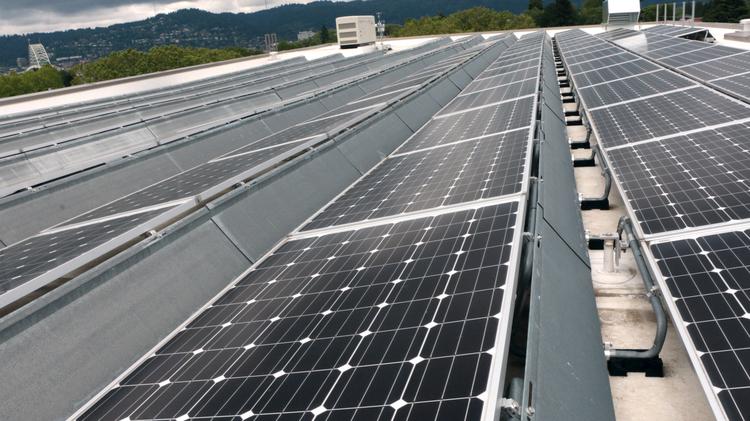Original article from: bizjournals.com
Regulators set rules Thursday for a program intended to extend the opportunity to go solar to all Oregon utility customers, whether they can put a system on their roof or not.
The solar industry cheered, with a significant caveat, and the state’s biggest utility said the rules “generally look workable.”
The community solar program, ordered by the Legislature in last year’s Coal to Clean bill, requires Portland General Electric and Pacific Power to do power deals with qualified solar projects. Utility customers will be able to buy into the projects, receiving a credit on their bill for a portion of the solar produced. Renters are seen as prime candidates for participation, but advocates also think it could appeal to businesses, nonprofits and others.
Implementing the rules is expected to take several months, and the Public Utility Commission acknowledged that “much detail remains to be set forth in the program implementation manual.”
Once rolling, it could add around 160 megawatts of solar power in Oregon in an initial round — 2.5 percent of the utilities’ 2016 system peak — through projects capped at 3 megawatts. The state had 271.5 megawatts of solar as of the end of March.
One megawatt of solar in the Portland metro region can produce enough electricity to meet the annual usage of 100 or so homes. The output can be twice as high in a sunny part of the state.
Utility customers will be able to participate in projects that are built anywhere in the service area of their electricity provider.
The Legislature dictated that 10 percent of the community solar developed go to low-income residential customers, and the rules require that “each project provide 5 percent of its capacity to low-income residential customers, and that 5 percent of the total program must be designated for low-income residential customers.”
Solar industry leaders called approval of the rules “a significant step,” but expressed concern that a key point yet to be determined — the value of the bill credit participants will receive for their solar production — could hobble the program’s start.
“Credit value certainty is critical to jumpstarting project development in Oregon,” the Coalition for Community Solar Access said in a news release.
The industry wanted the commission to set an interim rate while the commission works in a separate docket to determine a value for distributed solar generation. That complex process could take well into 2018, the industry fears, making it difficult to sign up customers.
In its order Thursday, the commission told PUC staff to monitor progress on the resource value of solar docket “and to recommend appropriate action if it becomes apparent that delay in establishing a bill credit rate is delaying program launch.”
Portland General Electric said it will be following the implementation of the rules closely.
“We think the rules generally look workable and are pleased that the Commission has taken a flexible approach, so we’re looking forward to working with them and other stakeholders during the implementation process with the goal of seeing a successful program put in place,” spokesman Steve Corson said via email.
Pete Danko covers energy, manufacturing and ports.


